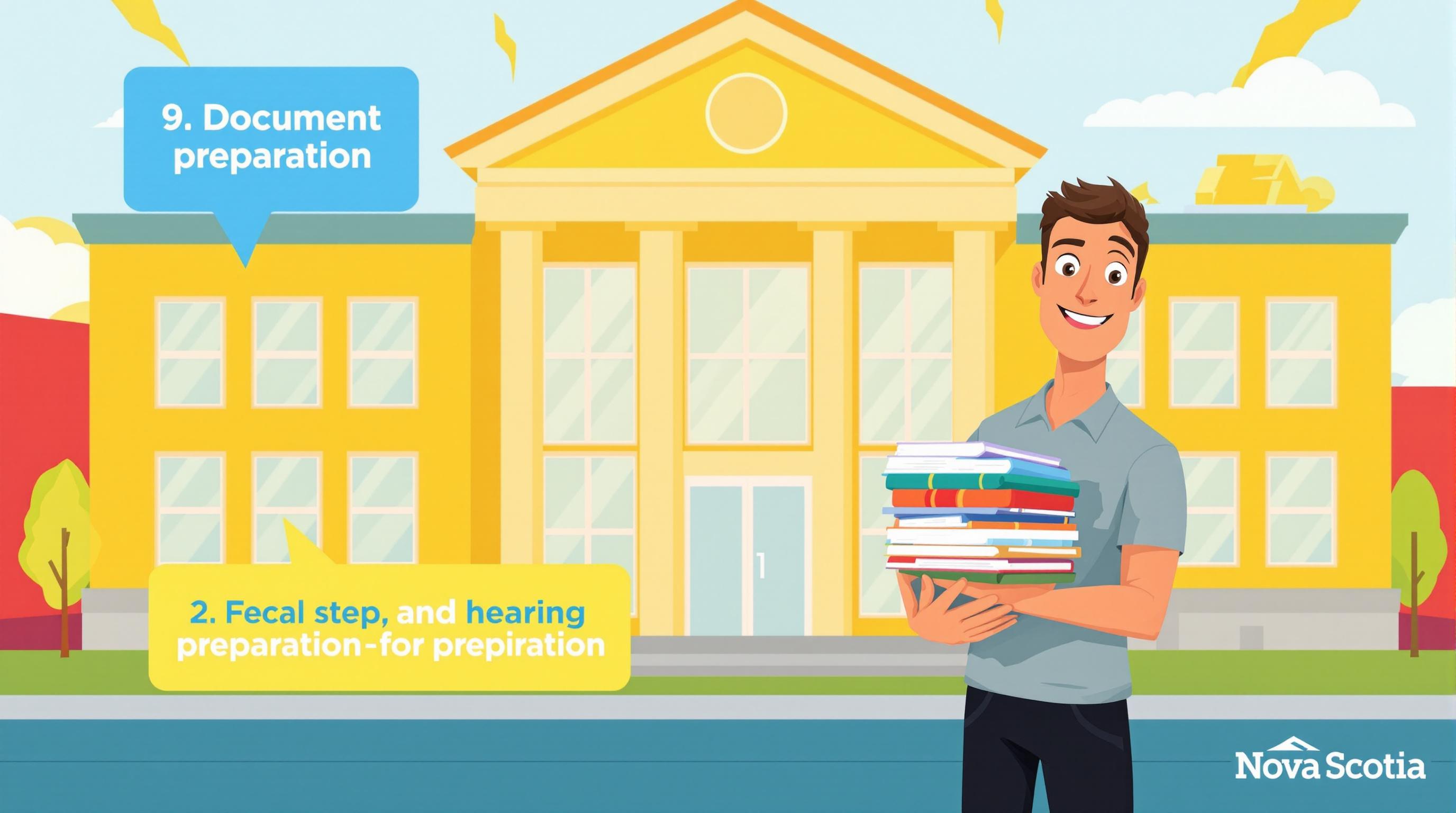If you're a non-resident earning passive income from Canadian real estate, withholding tax directly affects your returns. Here’s what you need to know upfront:
- Default Withholding Rate: 25% on gross rental income and REIT distributions.
- Section 216 Election: Lets you pay tax on net rental income (after expenses) instead of gross income, potentially lowering your tax burden.
- Tax Treaties: May reduce withholding rates based on your country of residence.
- Provincial Rules: Nova Scotia, for example, allows progressive tax rates for net income under Section 216.
Quick Comparison of Withholding Tax Rates
| Income Type | Standard Rate | Notes |
|---|---|---|
| Rental Income | 25% | Based on gross income. |
| REIT Distributions | 25% | Includes property income. |
| REIT Capital Gains | 15-25% | Varies by distribution type. |
| Mortgage Interest | 25% | On interest income only. |
| Property Sales | 0% (initial) | Clearance certificate required. |
| Trust Distributions | 25% | Rate depends on income type. |
To maximize your returns, consider filing a Section 216 election, structuring your investment wisely, and consulting tax professionals to navigate federal and provincial rules.
Section 216 Election for Canadian Non-Residents with Rental Income
Standard Canadian Withholding Tax Rates
The Canada Revenue Agency (CRA) has established withholding tax rates that non-residents must pay on certain types of income. These rates are essential for planning investments and understanding how tax treaties may impact your obligations, which will be covered in the next section.
25% Rate on Rental Income
Non-residents earning rental income in Canada face a 25% withholding tax on gross earnings. Property managers are required to withhold this amount before sending rental payments to non-resident property owners. The withheld amount must be submitted to the CRA by the 15th of the following month.
Rates for Other Income Types
Different types of income are taxed at varying rates:
- REIT Distributions: Income from real estate investment trusts (REITs) is taxed at 25%.
- Interest Income: Mortgage-related interest income is also subject to a 25% rate.
- Capital Gains: While there’s no immediate withholding on proceeds from property sales, non-residents must obtain a clearance certificate and may owe taxes on capital gains.
- Trust Income: Distributions from real estate trusts typically face a 25% withholding rate, although this can vary depending on the income type.
Tax Rate Comparison Table
| Income Type | Standard Withholding Rate | Notes |
|---|---|---|
| Rental Income | 25% | Based on gross rental earnings |
| REIT Property Income | 25% | Distributions from rental operations |
| REIT Capital Gains | 15-25% | Varies by type of distribution |
| Mortgage Interest | 25% | Applies to interest income only |
| Property Sale | 0% (clearance certificate required) | No immediate withholding |
| Trust Distributions | 25% | May differ based on income classification |
These withholding taxes act as an advance payment toward your overall tax liability. Non-residents can often claim deductions for property expenses or benefit from tax treaty provisions by filing annual Canadian tax returns, potentially qualifying for partial refunds.
Tax Treaty Effects on Rates
Canadian tax treaties are designed to prevent double taxation and lower withholding rates on real estate income. These benefits depend on the specific treaty and the investor's country of residence, offering reductions that go beyond the standard withholding rates mentioned earlier.
To take advantage of these reduced rates, investors need to provide the necessary documentation to confirm their tax residency and comply with Canadian filing requirements.
It's a good idea to consult a tax professional who can explain the details of relevant treaties and help ensure you meet Canadian tax laws and treaty obligations.
sbb-itb-16b8a48
Nova Scotia Tax Requirements
Nova Scotia follows the federal guidelines for withholding tax on rental income earned by non-resident property owners. A flat 25% is withheld from gross rental income unless a tax election is made. However, non-resident investors can file a Canadian tax return under a Section 216 election, which allows net rental income to be taxed using progressive rates. This approach enables investors to take advantage of Nova Scotia's progressive tax system, potentially reducing their overall tax burden.
Provincial Tax Rules
For those filing a Section 216 election, Nova Scotia calculates tax on net rental income based on the following progressive income brackets:
| Income Bracket | Provincial Tax Rate |
|---|---|
| Up to $29,590 | 8.79% |
| $29,591 – $59,180 | 14.95% |
| $59,181 – $93,000 | 16.67% |
| $93,001 – $150,000 | 17.50% |
| Over $150,000 | 21.00% |
This election can significantly lower the overall tax liability compared to the flat 25% on gross income. Understanding these provincial tax rules is key for investors looking to optimize their returns.
Nova Scotia Investment Options
Nova Scotia offers a variety of real estate investment opportunities, each with unique tax implications. For example, Helio Urban Development provides fixed-price, pre-designed construction options in the region. Prices start at $168 per square foot for single-family homes and $175 per square foot for duplexes, offering a clear pricing structure that helps investors plan for after-tax profits more effectively.
Several factors affect tax efficiency, including:
- The type of property
- How the investment is structured and managed
- Rental income levels
- Costs related to capital improvements and depreciation
Collaborating with local property managers and tax professionals familiar with Nova Scotia's specific regulations can help investors stay compliant while maximizing their after-tax returns.
Tax Reduction Methods
Investors looking to improve tax efficiency can build on provincial strategies by leveraging specific methods designed to reduce tax burdens.
Section 216 Tax Election
The Section 216 election allows real estate investors to be taxed on their net rental income instead of gross income. This means you can deduct expenses like property management fees, mortgage interest, property taxes, insurance, routine maintenance, repairs, and depreciation. To qualify, you need to submit Form NR6 either before the tax year begins or when you acquire the property.
Investment Structure Options
How you structure your investment plays a big role in tax efficiency. Here are three common approaches:
-
Direct Ownership
Rental income is taxed at personal rates, and the Section 216 election might apply. This option gives you straightforward administration and direct control over the property. However, it also comes with higher personal liability and may limit opportunities to share expenses. -
Canadian Corporation
Income earned within a corporation is taxed at corporate rates, which vary by income level and province. Retained earnings benefit from tax deferral, as they aren't immediately subject to withholding taxes. While this structure offers limited liability and more tax planning options, it requires careful management to avoid double taxation and involves setup and maintenance costs. -
Limited Partnership
In this structure, income flows through to individual partners, who report it on their personal tax returns. It provides flexibility and allows partners to share resources. However, compliance can be complex, and professional fees might be higher.
Choosing the right structure is just the beginning. Professional advice is essential to ensure compliance and make the most of available tax-saving opportunities.
Working with Tax Experts
A skilled tax advisor can help you file the necessary elections, structure your investments for better after-tax returns, and navigate both federal and provincial tax rules. For those investing in Nova Scotia, local experts bring valuable insights into regional regulations and tax-saving strategies specific to the area.
Conclusion
Key Points Review
Understanding Canada’s withholding tax system is essential for improving returns on rental income. The default 25% withholding rate can be adjusted with careful planning and the right setup. Here are the main points to keep in mind:
- The Section 216 election allows you to deduct expenses from rental income.
- The type of investment structure - such as direct ownership, corporations, or partnerships - affects how taxes are applied.
- Provincial rules can influence your total tax obligations.
- Tax treaties may offer reduced withholding rates for qualifying investors.
Nova Scotia presents opportunities for investors that, when handled properly, can improve tax outcomes.
Next Steps for Investors
To better manage withholding taxes on Canadian real estate, consider these action steps:
- Evaluate Your Investment Setup: Assess whether your current ownership structure (direct, corporate, or partnership) aligns with your financial goals. Each option impacts how withholding taxes are calculated.
- Seek Professional Advice: Work with tax experts familiar with federal and provincial laws. They can help you determine if you qualify for tax treaty benefits and guide you through the Section 216 election process.
- Keep Accurate Records: Track all rental income and expenses meticulously. This is particularly important if you’re claiming deductions under Section 216, as proper documentation supports your filings.
- Check Tax Treaty Benefits: If you’re eligible for reduced withholding rates under a tax treaty, ensure all necessary paperwork is in order to claim these benefits.
Tax laws can change, so staying informed about updates to federal and provincial regulations is key to maintaining efficiency in your real estate investments.



